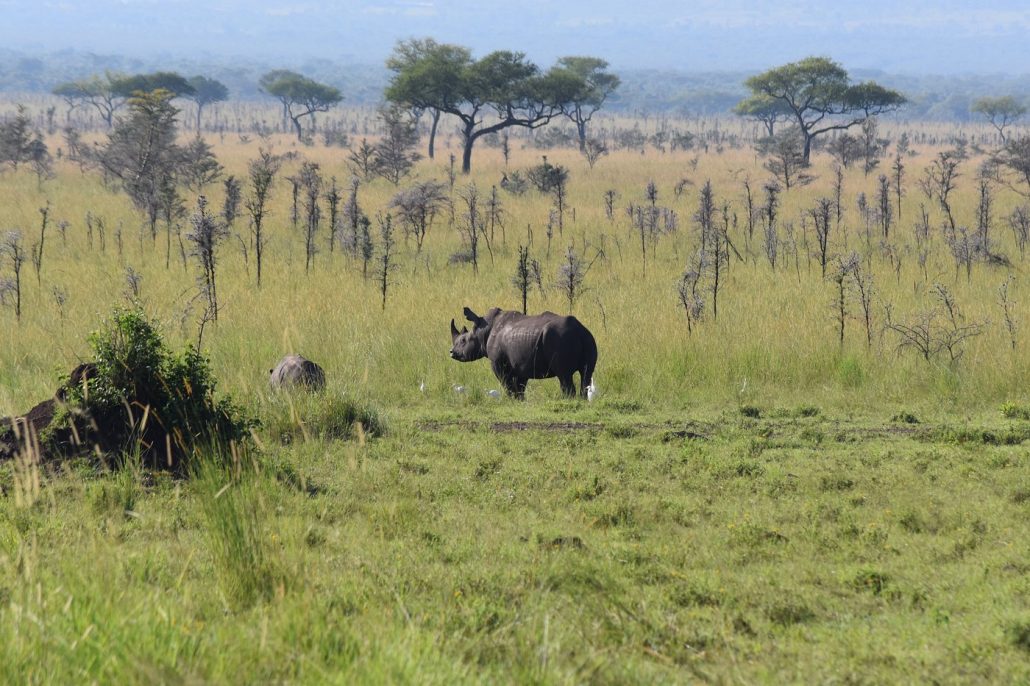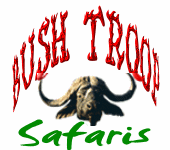Ruma National Park
Ruma National Park is located in the Nyanza Province of Kenya, near the shores of Lake Victoria, in the Lambwe Valley. Covering an area of about 120 square kilometers, it is one of the lesser-known but most scenic parks in Kenya. Often referred to as the “Last Retreat of the Roan Antelope,” Ruma is the only park in Kenya where this endangered antelope species can be found. The park is named after a powerful local wizard, ‘Rum,’ and is an important destination for conservation, offering visitors a peaceful and unique safari experience away from the typical tourist routes.

Scenery
Ruma National Park is characterized by stunning landscapes that range from rolling savannah plains, woodlands, and riverine forests. The park is nestled between the Kanyamwa Escarpment and the shores of Lake Victoria, creating a picturesque backdrop for wildlife viewing. The Lambwe River, which flows through the park, adds to the park’s beauty and supports its rich ecosystem. The escarpment and surrounding hills offer excellent vantage points for panoramic views of the park and Lake Victoria in the distance.
Wildlife in Ruma National Park
Ruma National Park is famous for its rare and endangered species. The park’s biggest attraction is the roan antelope, one of Africa’s rarest antelopes, which is exclusive to this region in Kenya. Besides the roan, visitors can spot a variety of wildlife, including Rothschild’s giraffe, buffalo, leopard, hyenas, jackals, and several species of monkeys. The park is also home to Jackson’s hartebeest, oribi, and topi. While predators are present, they are relatively few, making it a park where herbivores thrive. Despite being a quieter park, Ruma provides a unique opportunity to view rare species not often seen elsewhere in Kenya.
Weather and Climate
Ruma National Park enjoys a tropical climate, with temperatures ranging between 20°C and 30°C (68°F to 86°F). The park experiences two rainy seasons: the long rains between March and May and the short rains from October to December. The dry season, between June and September, is the best time for wildlife viewing, as animals tend to gather around water sources. However, birdwatching is excellent during the rainy season when migratory birds, including the blue swallow, visit the park.
Getting To Ruma National Park
Ruma National Park is accessible by both road and air. By road, the park is located about 425 kilometers (264 miles) from Nairobi and can be reached via Kisumu or Homa Bay. The road from Kisumu to the park is well-maintained, making it a scenic drive for visitors. From Kisumu, the park is approximately 140 kilometers (87 miles) away. From Homa Bay, the park is around 30 kilometers (19 miles) to the east, taking the Mbita route.
For visitors preferring air travel, there are chartered flights available from Wilson Airport in Nairobi to Kisumu Airport or Mfangano Island, followed by a road transfer to the park.
Activities to Engage in Ruma National Park
Visitors to Ruma National Park can enjoy several activities that make the most of its wildlife and stunning scenery:
- Game drives: Explore the park’s rich wildlife and landscapes on early morning and late afternoon game drives.
- Birdwatching: Ruma is a prime destination for bird enthusiasts, offering opportunities to spot rare species, including the blue swallow.
- Guided nature walks: Discover the park’s beauty on foot with guided nature walks, offering a closer look at the flora and fauna.
- Picnicking: There are several designated picnic sites within the park, providing a peaceful spot to relax while surrounded by nature.
- Camping: For visitors looking to immerse themselves fully in nature, Ruma offers basic camping facilities where you can spend a night under the stars.
Safety and Vaccination
Ruma National Park is generally safe for visitors, with park rangers ensuring the safety of tourists and wildlife. However, it is advisable to adhere to basic safety guidelines when visiting, such as staying inside the vehicle during game drives and following the park regulations. Visitors should be aware that malaria is a risk in this area, especially during the rainy season, so taking antimalarial medication is recommended. Other vaccinations that may be required include those for yellow fever, hepatitis A, and typhoid. It is always advisable to consult your healthcare provider before visiting the park.
Park Rules
To ensure the safety of both wildlife and visitors, several rules are enforced within Ruma National Park:
- Do not disturb the animals or their habitats.
- Always remain in your vehicle during game drives, except at designated areas.
- No feeding or harassing wildlife.
- Stick to the designated driving routes.
- Littering is strictly prohibited.
- Fires are not allowed unless in designated areas.
- Obey speed limits within the park.
Failure to follow these rules can lead to penalties or removal from the park.
